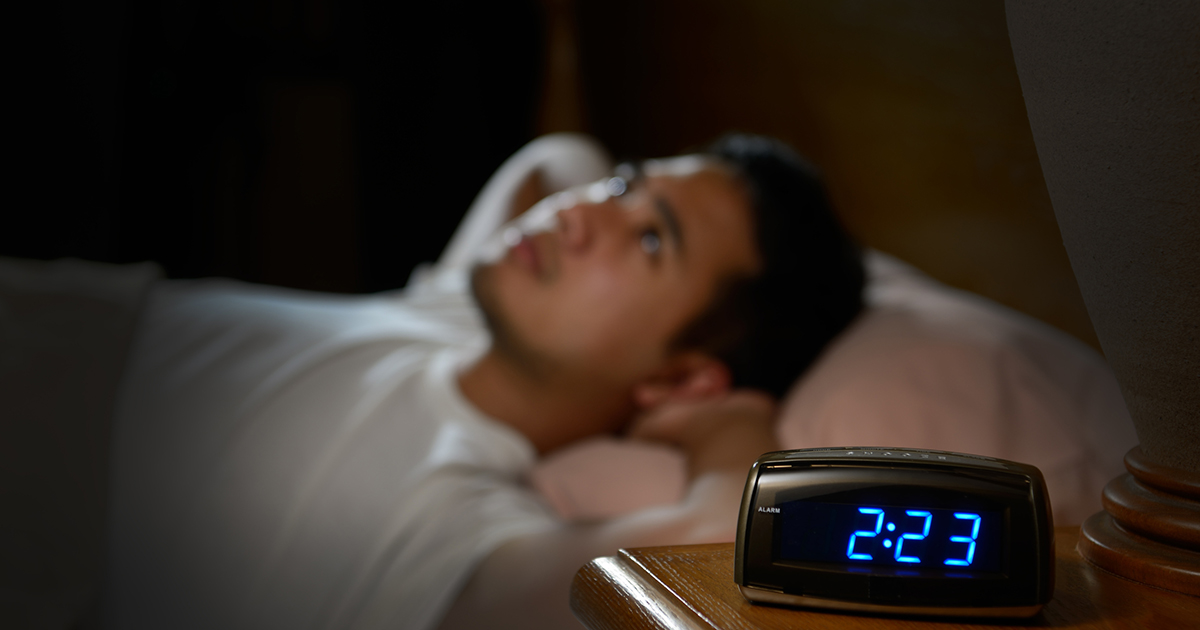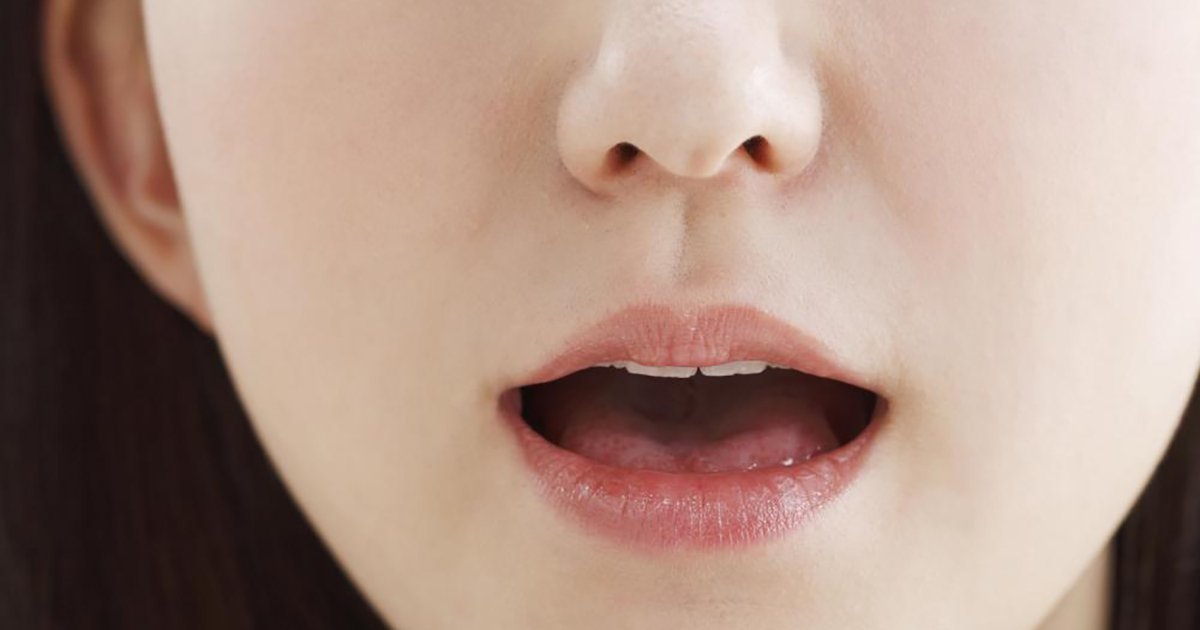Symptoms Of Maladaptive Daydreaming
Most individuals find themselves daydreaming at one time or another. There is a psychiatric condition, however, called maladaptive daydreaming that extends beyond ordinary daydreaming and interferes with an individuals ability to perform everyday tasks and interrupts social interaction. Individuals with maladaptive daydreaming experience intense daydreams, many of which are pleasurable. This pleasurable escape can make it difficult for the individual to want to disregard the fantasy and control of their daydreams for reality. These daydreams can be triggered by certain topics, noises, smells or physical stimuli. While maladaptive daydreaming is not currently recognized as an official disorder, many experts believe it requires more study to find an official and effective treatment. Get to know the symptoms of this condition now.
Trouble Sleeping At Night

Individuals with maladaptive daydreaming will often have some of their most vivid and disruptive daydreams close to bedtime leading to trouble sleeping at night. These daydreams may be so intense that individuals will lie awake for hours, engaged in the daydream. Research indicates maladaptive daydreamers spend, on average, four hours per day engaged in daydreaming. The extensive amount of time spent daydreaming along with consistent and recurrent bouts of engagement at night increase the risk of insomnia in individuals with maladaptive daydreaming. New research indicates insomnia can become long term and persistent even after episodes of maladaptive daydreaming have subsided.
Learn more about maladaptive daydreaming symptoms now.
Whispering While Daydreaming

Whispering while daydreaming is a common symptom of maladaptive daydreaming. This symptom is typically due to the vivid nature of the daydream. Individuals become so engaged in the daydream, skewing the lines between fantasy and reality. Whispering during maladaptive daydreaming episodes may also be accompanied by facial expressions, hand and body gestures, as well as expressions of emotions such as laughter or crying. These outward expressions may seem odd to others and may be mistaken for signs of another mental illness. It is important to remember the intensity of the daydreams is so profound for individuals experiencing maladaptive daydreaming, that the daydream becomes their reality and therefore their reactions and responses to events occurring within the daydream will be similar to those they would have in reality to scenarios actually occurring.
Continue reading to reveal more signs of maladaptive daydreaming.
Extremely Vivid Daydreams

One of the primary symptoms of maladaptive daydreaming is the experience of extremely vivid daydreams. These daydreams go beyond the occasional zoning out everyone experiences. Instead, individuals engaged in maladaptive daydreaming experience daydreams so detailed and lucid, it is difficult for the individual to decipher their engagement is fantasy-based. These extremely vivid daydreams engage the five senses experienced in reality allowing for individuals to hear the voices of characters within their daydreams as well as touch, smell, taste. and see certain stimuli. The vividity of the daydreams can provide individuals experiencing them with a pleasurable escape from reality.
Uncover another symptom of maladaptive daydreaming now.
Lengthy Daydreams

Lengthy daydreams are another common symptom of maladaptive daydreaming. Unlike the average daydreamer who daydreams in short bursts of thirty seconds to a couple minutes, maladaptive daydreamers can daydream for hours at a time. Research indicates individuals susceptible to maladaptive daydreaming spend, on average, a quarter of their waking hours engaged in daydreaming. These extended bouts of daydreaming can keep an individual disengaged from reality causing them to neglect their real-world responsibilities such as work, school, family, and social engagements. As daydreaming becomes more recurrent and extended, maladaptive daydreamers may begin to prefer their state of daydreaming over reality leading to job loss and estrangement from family and friends.
Get the details on more indicators of maladaptive daydreaming.
Overwhelming Desire To Continue Daydreaming

Due to the vivid and oftentimes pleasurable nature of maladaptive daydreaming, daydreamers may experience an overwhelming Desire to continue daydreaming. This desire persists even as real-world responsibilities begin to falter. Researchers believe this overwhelming desire to continue daydreaming is an addiction to a fantasy world controlled and manipulated by the dreamer. Maladaptive daydreamers have a strong tie to the daydreams because it allows them to have control over their outcomes and render pleasurable results to the lives of their fantasy characters. The downside of this is maladaptive daydreamers forgo real-world responsibilities and connections to satisfy their needs for fantasy interactions. When roused from daydreams, maladaptive daydreamers may become irritable and overcome with an urge to go back to the daydream as soon as possible, even if doing so means neglecting certain day to day functions.